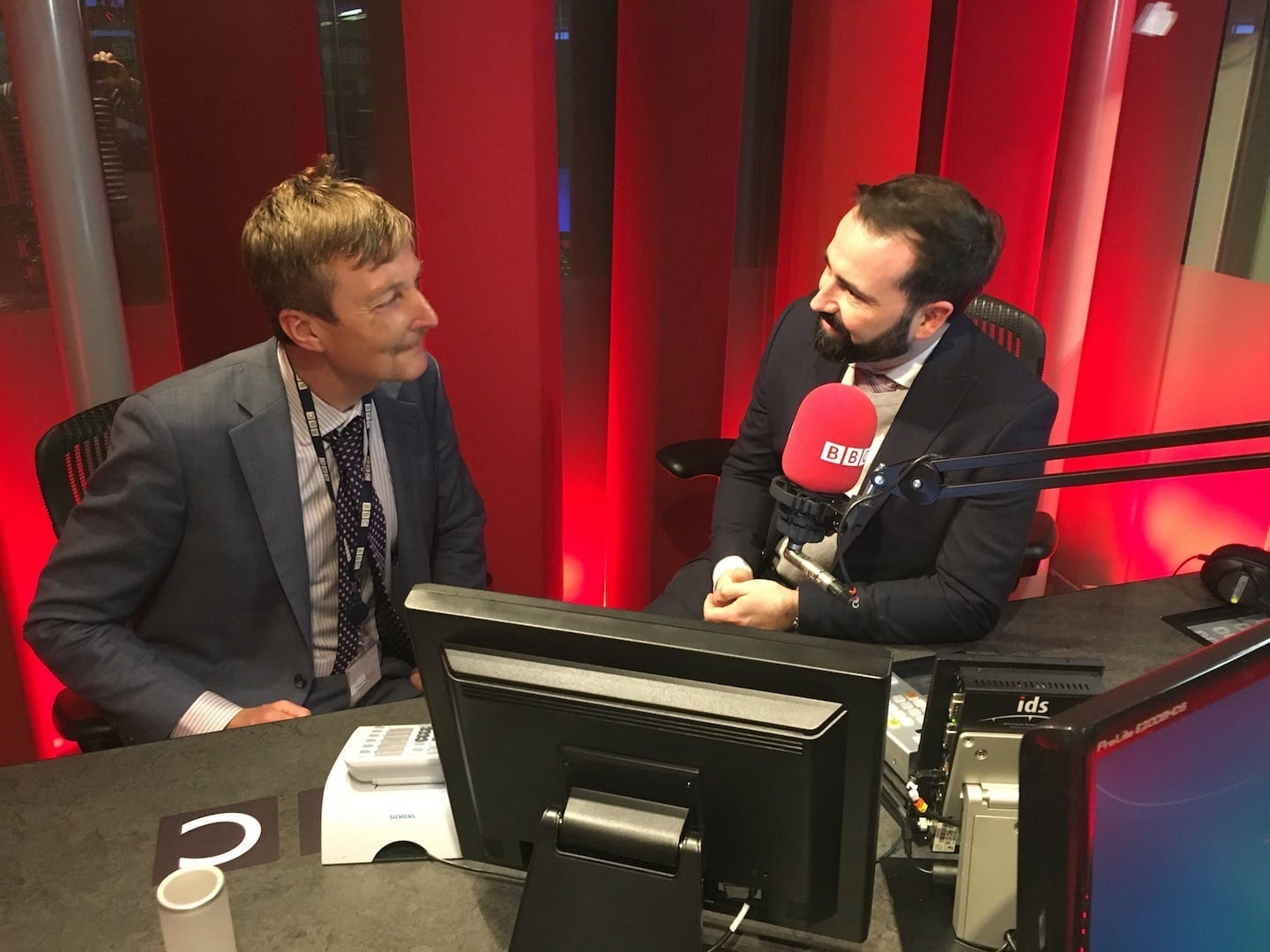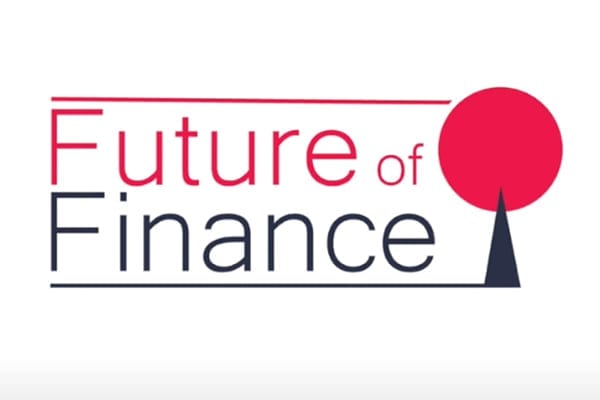BCB Group - Insights - BlockFills Chief Strategy Officer Neil Van Huis talks to BLINC about his journey from tradfi to crypto and the revolution bringing the two worlds together.

BlockFills Chief Strategy Officer Neil Van Huis talks to BLINC about his journey from tradfi to crypto and the revolution bringing the two worlds together.
BlockFills Chief Strategy Officer Neil Van Huis talks to BLINC about his journey from tradfi to crypto and the revolution bringing the two worlds together.
What was your journey to digital finance?
My background is in institutional derivatives trading in Chicago – looking into new, exciting and typically volatile markets in the traditional commodities world. In 2012 one of the developers working for my trading group brought up Bitcoin and said: “I think you should be trading this.” I said: “We need to work in all the most liquid markets before we go into the most illiquid ones. Quit bothering me with this thing.” I was not the smartest man in the room, that’s for sure.
But by 2015, we were looking at more esoteric and illiquid markets and building strategies around them. That’s when we started trading Bitcoin. In late 2015 my partner Luke Kline and I decided to wind down our traditional trading and go fully into digital assets. By the end of 2016, we had completely wound down our traditional derivatives trading business and had co-founded BlockFills with our other two partners, Nick Hammer and Gordon Wallace. BlockFills went out to market in mid-2018.
What were the big differences you found between traditional finance and digital assets?
Digital assets started with this notion of decentralisation and that’s very different to traditional capital markets, which are highly centralised. But centralisation helps liquidity: the more centralized something is, the more liquidity you can build around it. So in the early days of crypto, the notion of decentralisation actually held it back in some ways, because there was a fragmented liquidity environment.
The other big difference was the notion of anonymity, which was very common in the digital asset world. It was an interesting idea to create a peer-to-peer payment network to move capital. But again, this focus on anonymity has held back digital assets from a compliance perspective. In the traditional world there was no such thing as anonymity and that’s what helps build the guardrails that have allowed traditional finance to scale.
What are the most important changes taking place in digital finance?
There is now a deeper understanding in traditional finance that the blockchain is not bad, but it does take time to build the rails, permissions and protocols. Take a look at what JP Morgan is doing in blockchain. They have taken what was already very scalable in their world and merged it with blockchain. This is how we will get to the next level of digital assets today.
We are starting to see traditional finance fully understand the benefits of blockchain. That is the real revolution taking place right now.
At the same time, the conversation is no longer just about picking a particular digital asset; it’s about investing in the system. Today we have a new system in blockchain that has a lot of advantages. With the right policies and procedures in place, that system can change markets for the better.
How would you summarise BlockFills’ vision and strategy?
In one sentence, it is to unlock digital asset capital markets. We’re actually a very traditional company in a non-traditional world. We are looking to put the right policies, procedures and operational tactics in place to allow the entire world, the professional and institutional segment, to access digital asset markets.
It’s incredibly important to realise that the policies and procedures we see in traditional finance are there for a reason – for safety and to allow operational scale. That’s why the traditional financial system is as big as it is today. BlockFills’ objective is to bridge the gap between those traditional frameworks and blockchain and give clients in global geographies access to any digital asset product and future digital asset product in a way that they are used to and comfortable with.
Has that strategy evolved since the company began?
In the early days we used to throw around the words ‘prime brokerage’ because you had to be able to do everything to work in digital assets. There were no traditional financial exchanges, there were no banks, there was no support. So, we had to be everything.
Today, if you try to be everything, you probably will die faster than you expect, because the people who are already big in the capital markets ecosystem can just snap their fingers and come for your business whenever they choose. That means you have to know your market, know your customers, build competitiveness in one area and do it better than anybody else. Our mindset has changed from ‘we have to be everything’ to ‘we have to be the best service provider in our market’.
Right now, the differentiator for us is ensuring that we deliver the highest standard of compliance, safety and service to our clients.
It’s incredibly important to us that BlockFills works very closely with traditional financial partners. Our main objective is to provide the technology, the expertise and the products that those traditional financial players want and need to access digital asset markets.
What trends do you see in the immediate future?
In terms of clients, I would say non-bank financial institutions are the number one growth category – brokers, broker dealers and asset managers. These companies don’t have a choice; they either offer access to digital assets to their customers in some way, or their customers take their money to another broker.
In product and solution terms, the growth area is stablecoins. It’s been available for a really long time, but we’re just finding the use cases now. The move to 24/7 markets is upon us and the only way, in my opinion, to properly be ready for that is if you can give customers the ability to collateralize or margin their positions 24/7.
I believe the use case for stablecoins and stabletokens, or money market-based tokens, is overwhelming. Behind the scenes every financial institution including exchanges is looking at stablecoins right now. Banks are looking at the same technology to allow clients access to their money in a much more fluid way.
BlockFills has adopted BCB’s payment accounts for USD, GBP, EUR and JPY. Why did you decide to partner with BCB?
BlockFills and BCB have a very similar outlook. We both believe that if we can set people up in a comfortable and stable digital ecosystem and build those rails together, the sky is the limit. We’re very encouraged by what BCB is doing and has been doing for a very long time, because they have been very consistent in what they offer. Our hope is to continue to find ways to build that ecosystem together.
Disclaimer:
Trading in digital assets involves significant risk and may not be suitable for all investors. You should carefully consider your risk tolerance and consult with an independent financial advisor before trading in digital assets.








